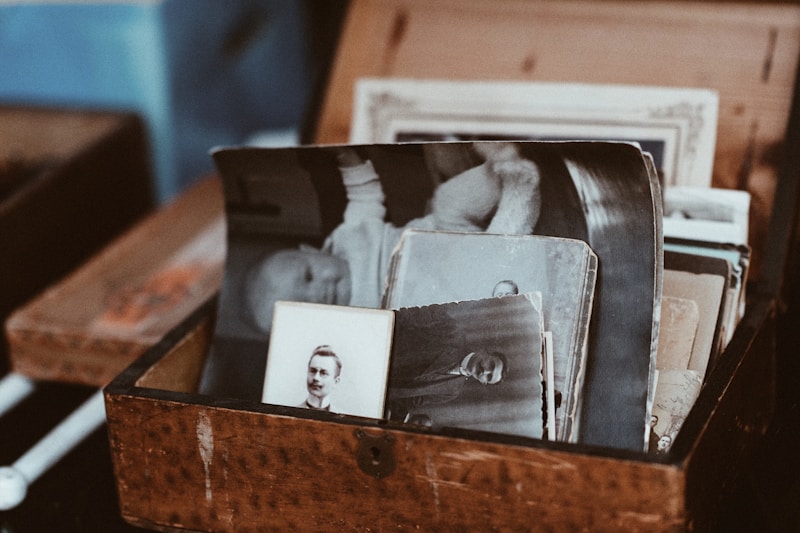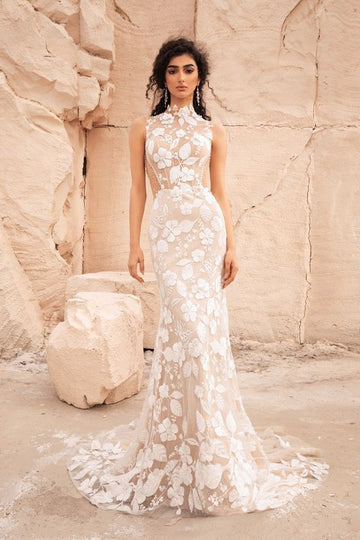Bridal Accessories Through the Ages: A Timeless Journey of Elegance
Bridal Accessories Through the Ages: A Timeless Journey of Elegance
Introduction to Bridal Accessories
The accessories a bride chooses on her special day can transform her entire look, reflecting not only her personal style but also the cultural and historical significance of her wedding. From delicate veils to ornate tiaras, bridal accessories have evolved greatly through the ages. This article will take you on a journey through the various styles of bridal accessories across different eras, highlighting trends, materials, and even regional differences that have shaped the bridal landscape. 
The Ancient Era: Symbolism and Tradition
The concept of bridal accessories can be traced back to ancient civilizations. In many cultures, brides adorned themselves with items that carried significant meaning. For instance, in ancient Rome, brides wore a flame-colored veil called the “flammeum,” symbolizing a new life and fertility. The Greeks also had their unique touches, with brides donning floral wreaths that represented beauty and naturalism.
| Ancient Accessories | Meaning |
| Flammeum (Roman) | New life, fertility |
| Floral wreaths (Greek) | Beauty and naturalism |
The Medieval Period: Romance and Ornamentation
Moving into the medieval period, bridal accessories became more ornate and further emphasized the status of the bride. Headdresses, including circlets and larger decorative pieces, were worn to signify the social status of the bride. The use of rich fabrics and jewels indicated wealth and were common among noble families. Notably, the tradition of wearing a white dress emerged during this time, beginning with Queen Victoria's wedding in 1840, which also influenced accessory choices.
Crowns and Headpieces
Crowns and decorative headpieces became popular accessories, often embellished with pearls, precious stones, and intricate designs. The elegance they added to the bridal ensemble was unmatched, turning the bride into a vision of fairy-tale romance. One famous example is the use of the tiara, which remains a popular choice among brides today.
The Victorian Era: New Traditions and Innovations
The Victorian era marked a significant turnaround in bridal fashion, emphasizing purity and virtue. With the rise of industrialization, new materials were introduced, and accessibility to elaborate designs became more widespread. Brides began to wear delicate lace veils adorned with flowers, enhancing their ethereal look.
| Victorian Accessories | Details |
| Lace veils | Symbol of purity |
| Floral headpieces | Natural beauty |
The 20th Century: Modernism and Diversity
The 20th century ushered in a wave of modernism and diversity in bridal fashion. As the world became more interconnected, brides started to draw inspiration from different cultures, resulting in a fusion of styles. The mid-century saw the popularity of the birdcage veil, a trend championed by the glamorous stars of Hollywood.
Bridal Accessories in the Roaring Twenties
The 1920s were notable for the use of materials like feathers, beads, and sequins, leading to the creation of extravagant accessories. Headbands adorned with jewels became a fashionable choice, closely associated with the flapper style.
Post-War Era: Relationship with Tradition
Following World War II, brides returned to traditional values, leading to a resurgence of classic accessories. Pearl necklaces and simple veils became favored, encapsulating the elegance of the era.
The 21st Century: Individuality and Personalization
In today's world, the emphasis is on personalization and showcasing individuality. Modern brides are increasingly making bold choices in their accessory selections. From colorful shoes to bespoke jewelry, every element reflects the bride's personality and story. The concept of 'something old, something new, something borrowed, something blue' remains relevant, yet interpretations are as varied as the brides themselves.
| 21st Century Accessories | Trends |
| Customized jewelry | Personalization |
| Bold colored shoes | Breaking tradition |
Regional Variations in Bridal Accessories
Bridal accessories are not only influenced by time but also by cultural and regional practices. For instance, in India, brides are often adorned with intricate gold jewelry, including necklaces, bangles, and nose rings, symbolizing prosperity and marital bliss. Conversely, Scandinavian brides may wear folk-inspired headpieces made of flowers, celebrating nature and tradition.
Popular Bridal Accessory Choices Today
As we navigate through the various styles and preferences, it's important to highlight some of the most popular bridal accessories of today. These include:
- Veils: From long cathedral veils to short birdcage styles, veils continue to be a staple in bridal fashion.
- Tiaras: Whether vintage or modern, tiaras add a regal touch to any bridal look.
- Jewelry: Customized pieces that reflect personal stories are more sought after than ever.
- Hairpieces: Floral crowns, pins, and headbands provide unique ways for brides to express their creativity.
Conclusion: Embracing the Evolution of Bridal Accessories
Bridal accessories through the ages tell a story of cultural significance, fashion evolution, and personal expression. As you prepare for your big day, remember that the choices you make are not just about the trends but about what resonates with you personally. Embrace the history and significance behind your accessories while also daring to choose pieces that reflect your individuality.
Whether you prefer traditional styles or modern twists, there’s no right or wrong way to adorn yourself as a bride. As you venture into this journey, consider the different elements discussed, and allow your accessories to narrate your unique love story. Remember, the right accessories can elevate your bridal look, making you feel confident and beautiful on one of the most important days of your life.
